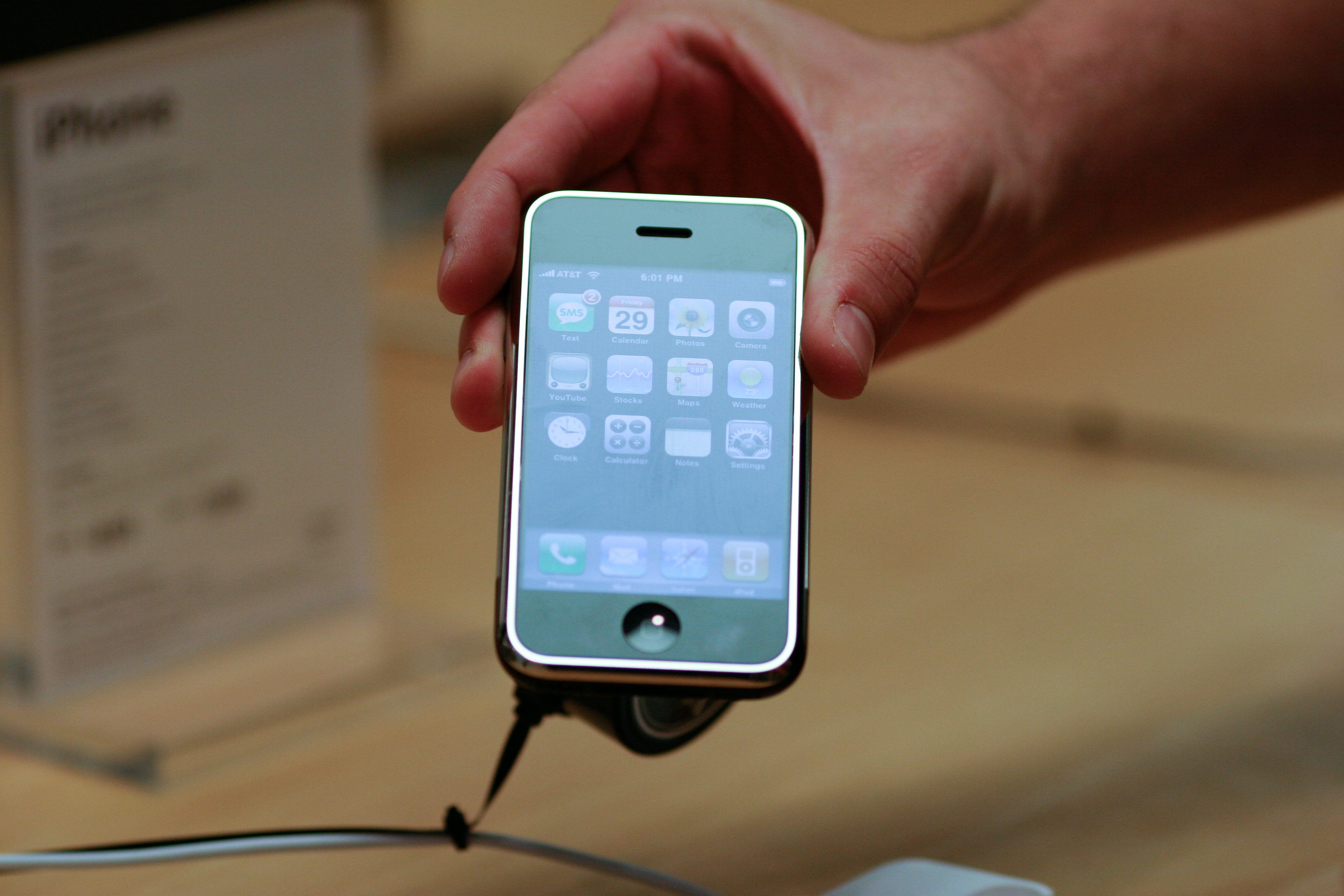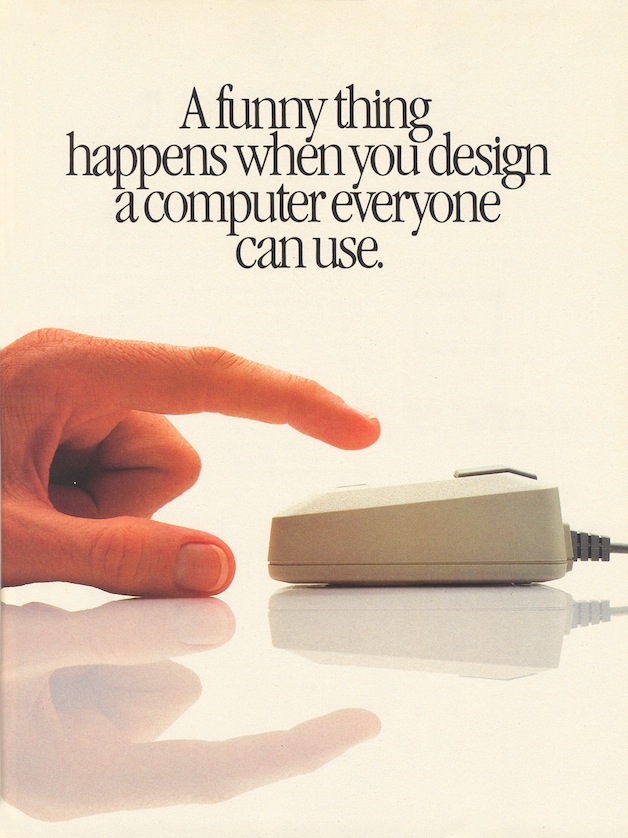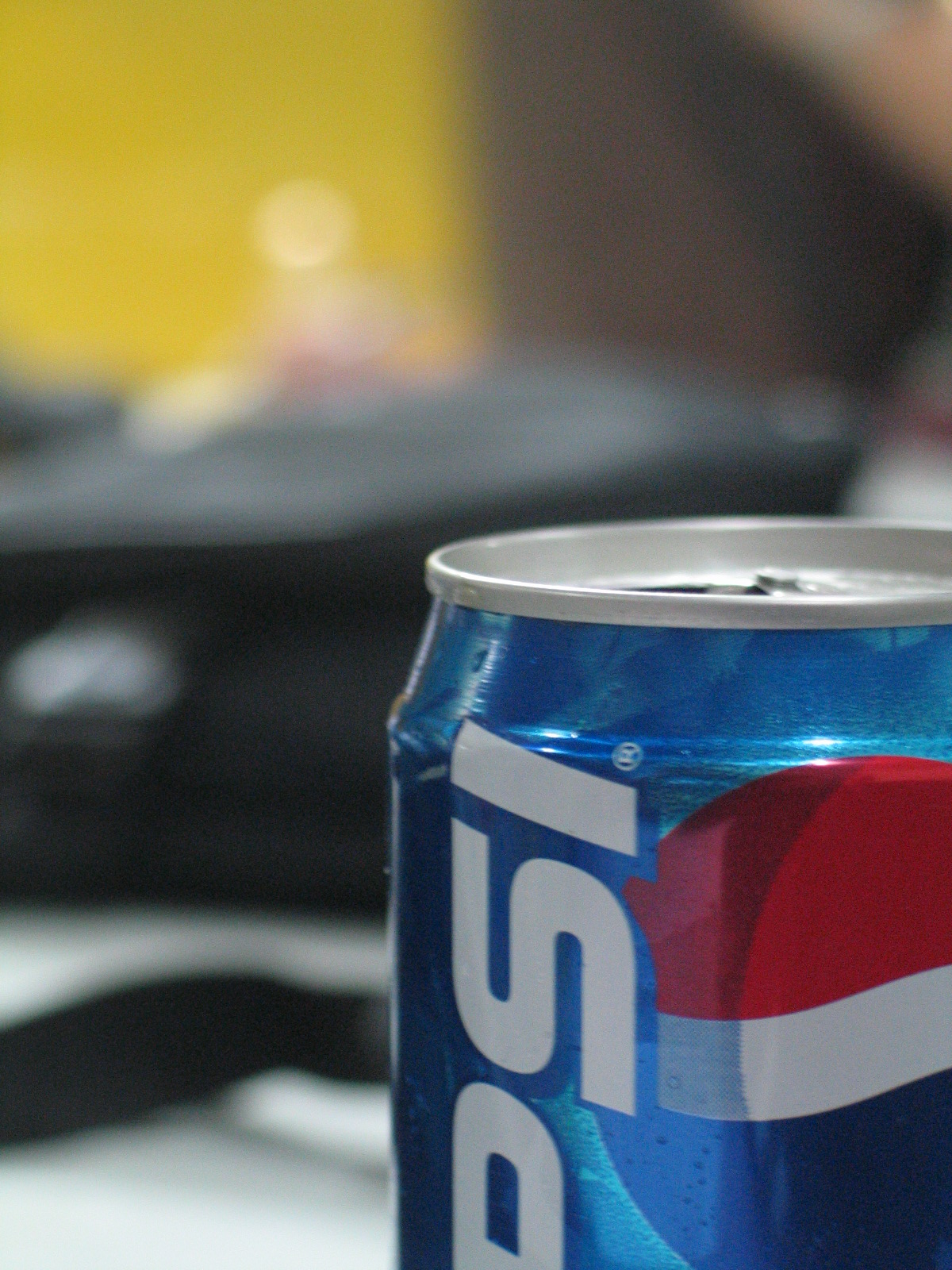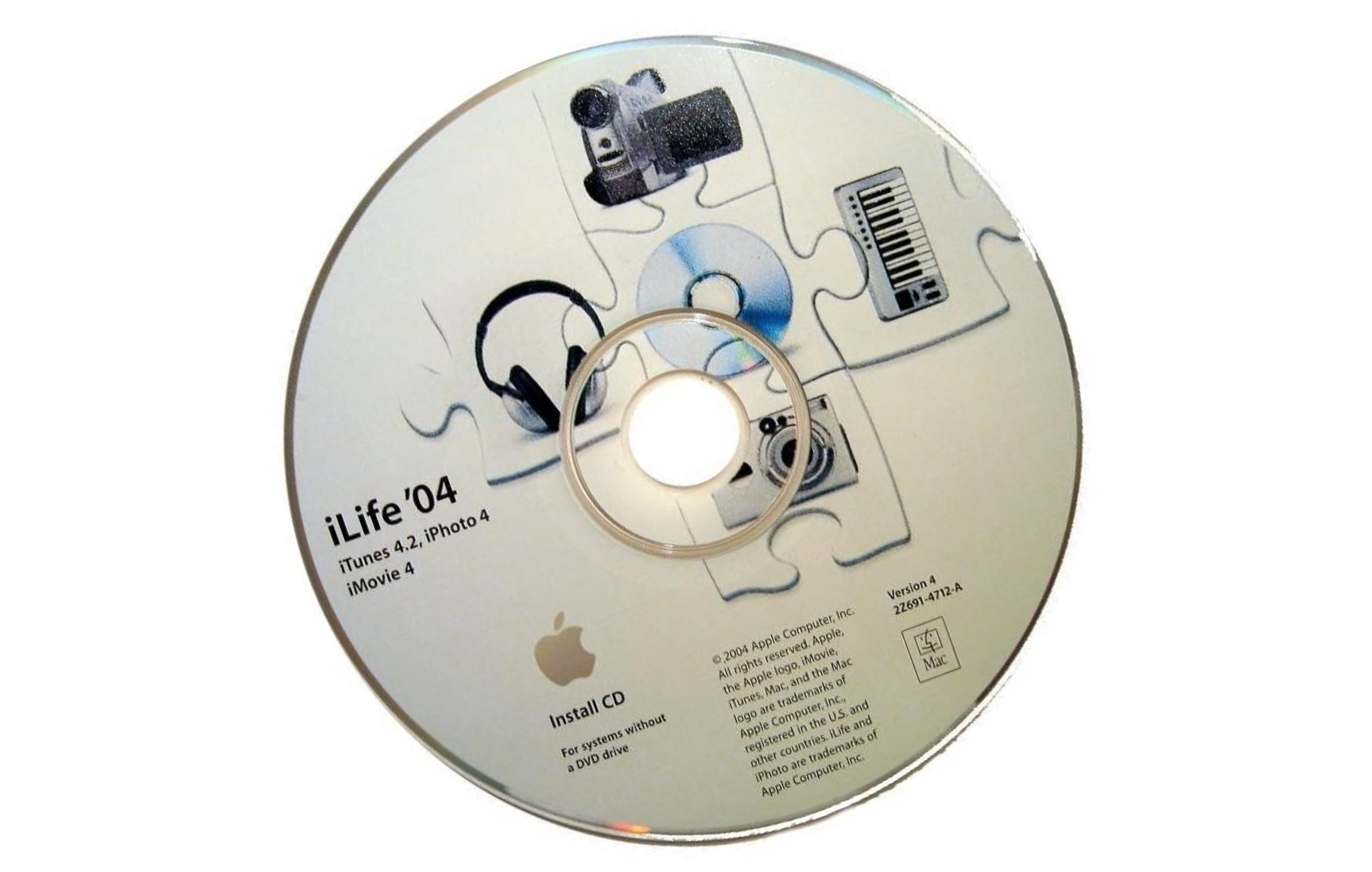Jealous Computers. They hate being replaced by the Nokia N95.
Category: Marketing

What Will Be the Returns?
Today’s New York Times column “An iPhone Changed My Life (Briefly)” hits at the device’s fundamental problem: Hype. There was too much of it—and not really from Apple—that may have over-raised many people’s expectations. The issue Michelle Slatalla raises is one of returns. Will she return her iPhone? She writes, “I have started thinking seriously about returning the $599 phone, despite a 10 percent restocking fee. It hasn’t really changed my life in the ways I’d hoped”.
But she may have started with overly unrealistic expectations, which the runaway hype helped foster. The name includes “phone” for a reason. Apple didn’t promise a device that would cure cancer or feed the starving.

When Magazines Mattered
To promote the Macintosh 22 years ago, Apple purchased all—as in every—ad space in the Newsweek 1984 election issue. That was 39 pages.
The folks over at Graphical User Interface Gallery (aka Guidebook) have preserved every page from that Newsweek issue. It was a time when magazine advertising really mattered, unlike today when the Internet undermines magazine circulation.

New TV Commercial Tuesday
Now that Apple has a store selling videos, I’m wondering if there should be some other content for download. I’m thinking TV commercials. There are certainly some TV ads that are fun to watch and […]

If It Looks Like Bias, Walks Like Bias, Is It Bias?
Oh PLEASE! What is the New York Times doing? This morning, I clicked on a story by reporter Todd Purdum headlined, “Best Defense: More Offense”; I had been reading different stories around the Web about the second presidential debate. Before I could get to the story, a banner ad touting John Kerry’s success in the debate filled a separate page; the Democratic National Committee had paid for the ad.
Now as a former journalist, I do know something about boundaries between editorial and advertising content. In print, placement of an ad next to a related news story is a big no-no. Reputable newspapers or magazines would never place, say, an ad about Microsoft Windows in the same spread—or two-page layout—as a positive review of the product. In politics, this rule is typically more strictly followed in the United States. In broadcast journalism, the now defunct “Fairness Doctrine” helped ensure political fair play.

Must Be: Familiar, Approachable, Extending and Better Enough
My prevailing thinking on why high-tech products succeed or fail boils down to four criteria. Editor’s Note 2/8/2014: I expanded the number to eight and wrote book about them: The Principles of Disruptive Design.
A product must:
- Build on the familiar
- Do what it’s supposed to do really well
- Allow people to do something they wished they could do
- When displacing something else, offer significantly better experience

RIAA Taketh, and Pepsi Giveth Away
The Pepsi ad promoting the big iTunes Music Store 100-million song giveaway debuts tomorrow during the Super Bowl. The spot [Editor: original link replaced] features 16 kids busted by music industry copyright cops for illegally downloading or trading tunes. The ad’s music bed is “I Fought the Law”, which artist I don’t recognize.
Plenty of rip-roaring versions are out there, from Bryan Adams, The Clash, Dead Kennedys, Stray Cats, and others. Oh, and the Bobby Fuller Four broke into the Top 10 with the song during the mid 1960s.

Microsoft vs Mac Marketing
I want to take a look at just one of the ways Apple, with its puny computer marketshare, out-markets Microsoft. It’s all in the presentation.
Gander at these two websites: Apple’s iLife `04 and Microsoft’s Plus! Digital Media Edition. Each site hawks the respective company’s digital media suite. But, Apple does a much better job making its product enticing. [Update: 10/2009: Links removed because the original websites are gone.]

Apple’s Switch Hit
Apple has been itching to get PC users switching.
In fact the company has big plans, starting with bringing PCs into the 30-plus Apple retail stores for byte-to-byte showdowns with Macs. Hell, reliable sources tell me Apple is seriously considering bringing Dell Computer models into the stores. I got to chuckle. On the way to my local Apple Store on June 16, 2002, some guy with Maryland vanity plates spelling out “Dell” pulled in front of me on Connecticut Ave.
My shopping experience at the Apple Store ended with a bang fit for anyone considering dumping a PC for a Mac. I got flagged for an exit poll about store satisfaction that clearly had potential PC switchers in mind. I practically gave the sweet old lady conducting the survey heart failure when I refused the 10 bucks, because it was a check instead of cash. “But the checks are perfectly good”, she defended. Bless her heart for starting to chase me down the corridor outside the store waving the check in her hand. No thanks, dear.

Microsoft’s Lap Dogs
I recently nearly canceled my subscription to all my Ziff-Davis publications—and I still may. My disgust with the outrageous favoritism toward Microsoft had been brewing for months. I read news reports and reviews no one short of Microsoft’s flagship PR firm, Waggener Edstrom, could be spinning. Editors, rather than doing their jobs, were printing the gospel according to marketers holed up in a Redmond, Wash. closet.
The final straw was a July PC Computing article titled, “Office 97 vs. The World”. There contributors Leslie Ayers, Peter Deegan, Lee Hudspeth, T.J. Lee, Woody Leonhard, and Eileen Wharmby explained why Microsoft’s newest rendition of its productivity suite replaced virtually all other business programs.